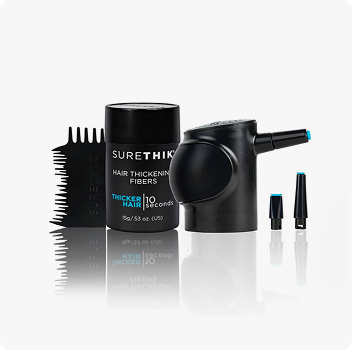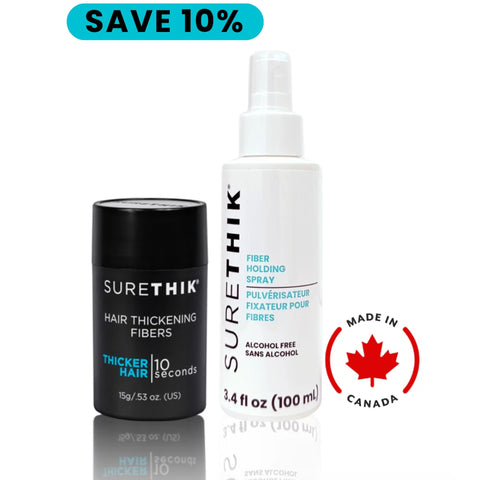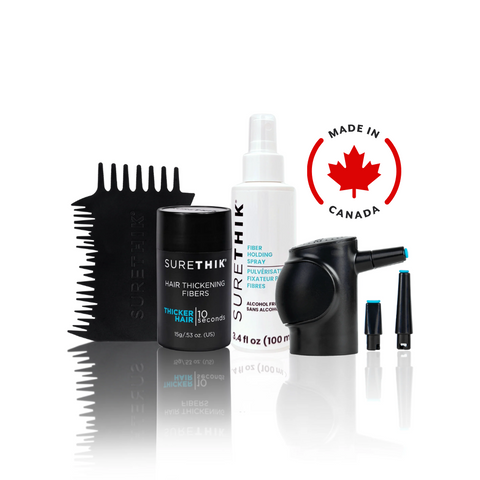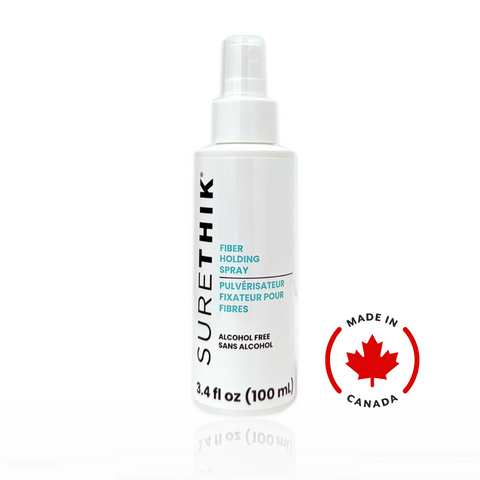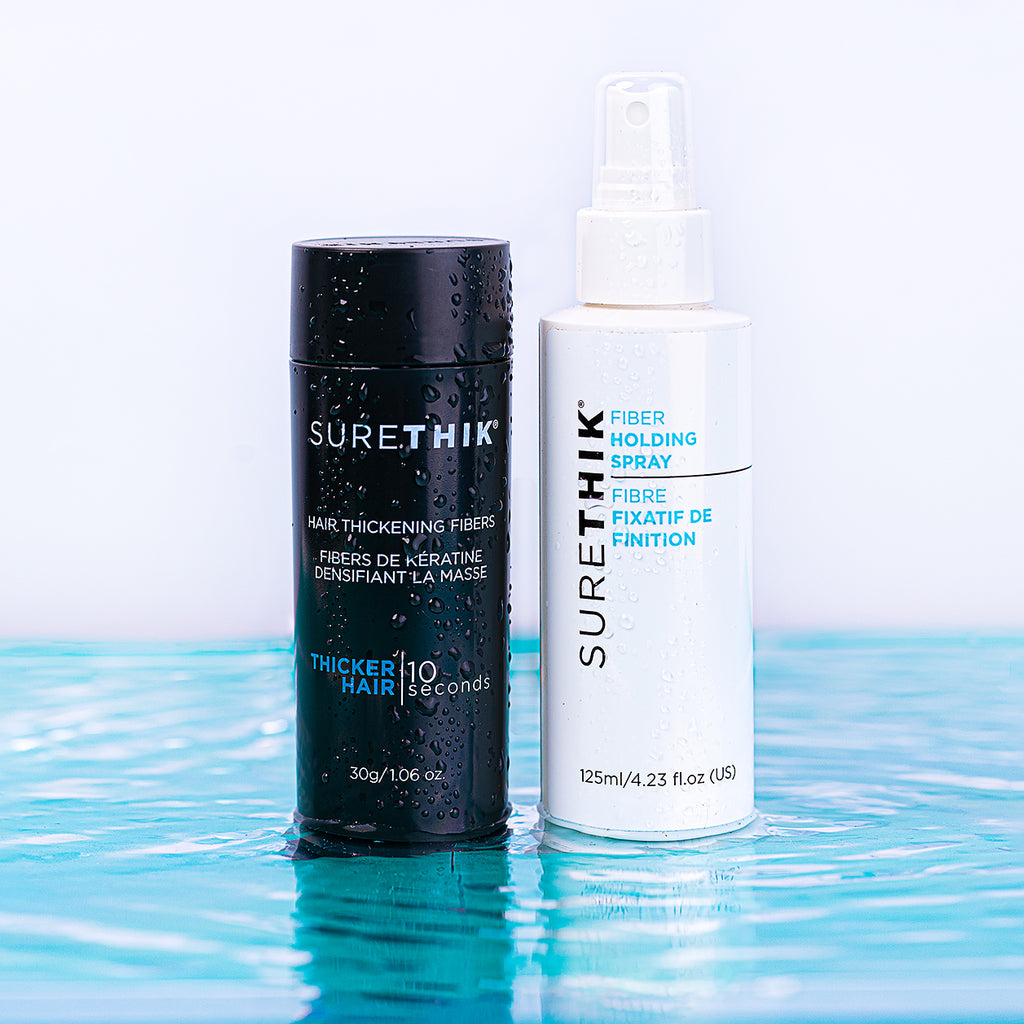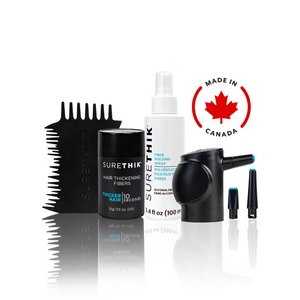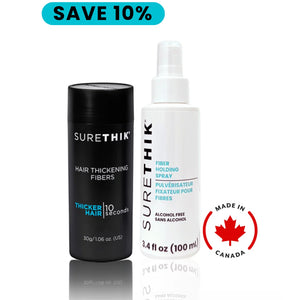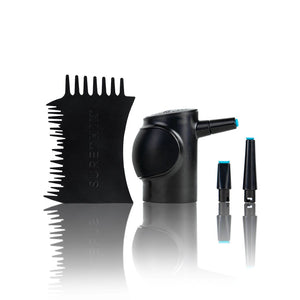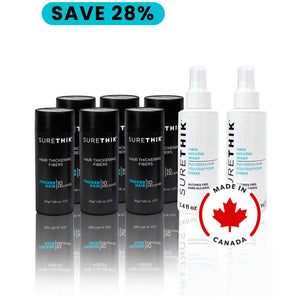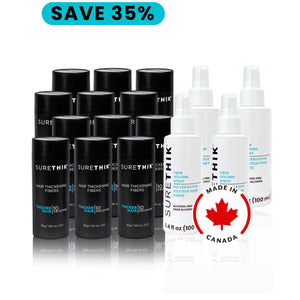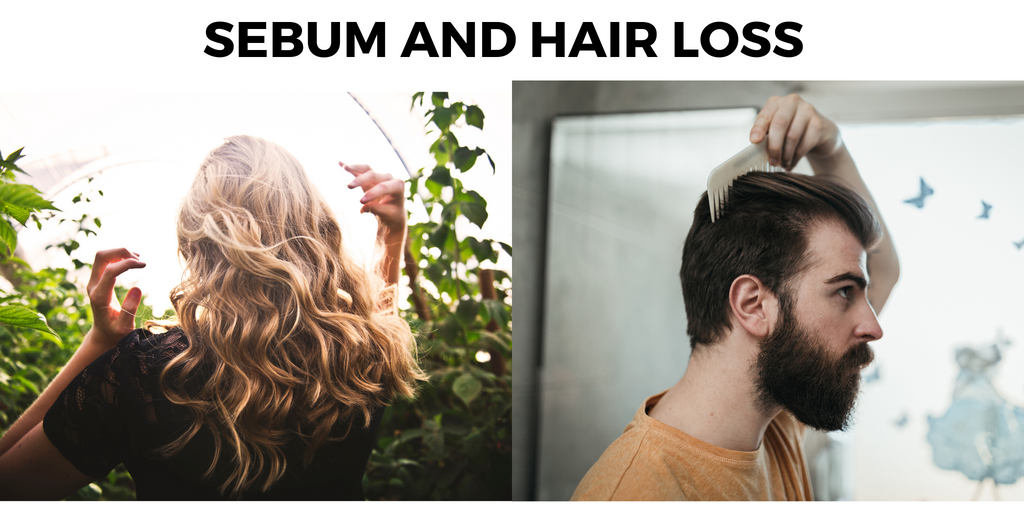
How to deal with Sebum and Hair Loss?
What is Sebum?
Sebum is a sticky, oily material produced by sebaceous glands, which are located near hair follicles in the middle layers of the skin. Sebum is a natural oil that moisturizes and protects the skin. We all produce sebum and while a normal amount is healthy, too much or buildup of sebum on your scalp is not healthy and can lead to hair loss.

How does Sebum contribute to hair loss?
Sebum is a material generated and expelled mostly by the skin's sebaceous gland. It coats the hair follicles and travels through the pore of the follicle to the skin's surface. When it reaches the skin, it interacts with lipids (oil) and perspiration to produce the acid mantle, a thin acidic covering that protects the skin from germs and viruses while also keeping it wet and moisturized. Our scalp, like most other parts of our bodies, requires a healthy balance of sebum. Sebum production on the scalp may result in undernourished roots. When too much sebum accumulates on the scalp, it hardens and impedes the development of healthy hair. Hair development might be hampered by a lack of sebum production. Undernourished hair results from a lack of sebum. Hair loss and breakage occur because of the hair being dry and brittle. Hair development might be hampered by a lack of sebum production. Undernourished hair results from a lack of sebum. Hair loss and breakage occur as a result of the hair being dry and brittle.

Can you remove excess sebum?
Yes, you certainly can! Washing your hair with a mild shampoo on a regular basis will assist to remove excess sebum and prevent it from accumulating to an unhealthy level. However, keep in mind that some sebum is beneficial, so don't go overboard. You're probably removing too much if your scalp starts to feel dry. Each person's hair and scalp are unique. Shampoo your hair and scalp every other day if your hair and scalp are generally dry.
The purpose of a clarifying shampoo is to remove buildup from your hair. Hairsprays, mousses, and gels collect on your hair, as can minerals in hard water, chlorine, and chemicals from swimming pools. A clarifying shampoo, simply put, is designed to remove build-up from your hair. Hairsprays, mousses, and gels build up on your hair, as do minerals in hard water, chlorine, and chemicals from swimming pools. Some shampoos and conditioners, including waxes and moisturizers, can leave residue on your hair over time. Hair might become dull, thick, greasy, and limp because of this muck. Your tresses may even begin to feel crunchy at the ends, which is a sign that regular hair coloring exacerbates.

What else can you do?
Brushing your hair or getting a scalp massage may be quite therapeutic. This will improve circulation and blood flow, allowing oxygen and other nutrients to reach the follicle. When it comes to oil production in the body, a balanced diet is equally vital. Avoid processed carbs such as white bread, refined flour, sugar, fast food, and dairy. These foods can raise insulin levels and, as a result, increase excessive sebum production. Alternatively, consider including a variety of vitamin A-rich foods in your diet, such as green vegetables, sweet potatoes, mangos, and eggs. These meals can truly help reduce sebum production, as well as provide a range of other health advantages.

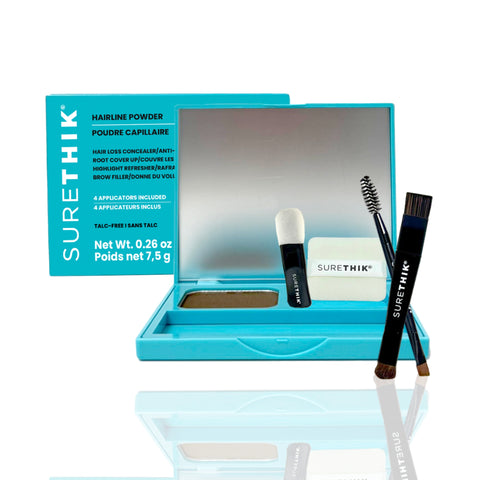
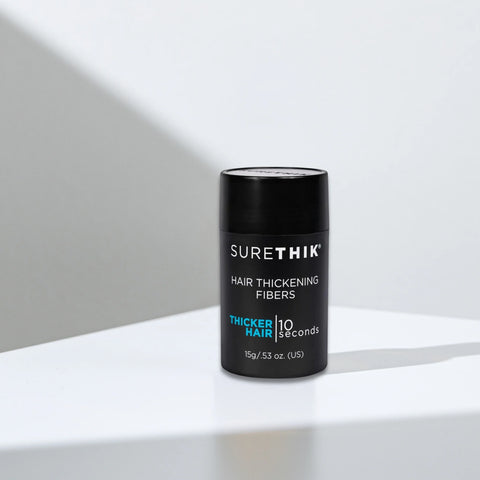
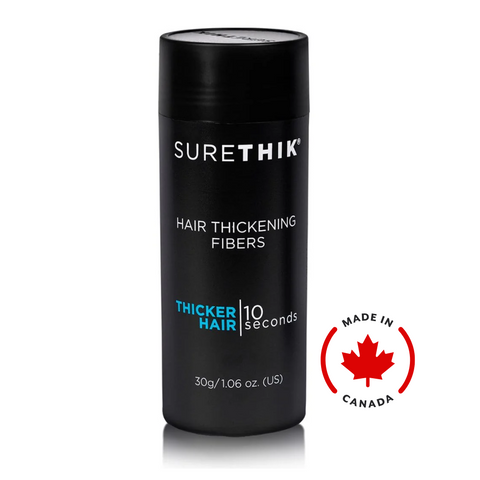


 United States
United States